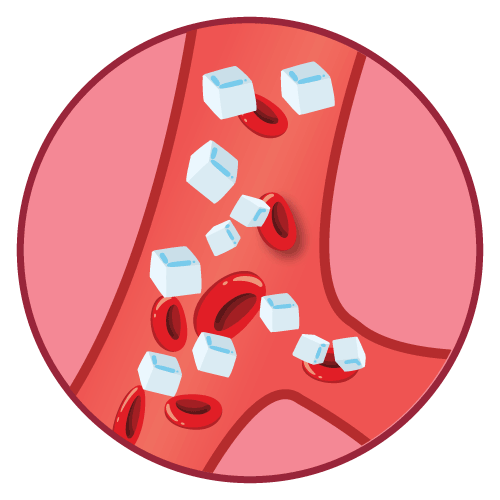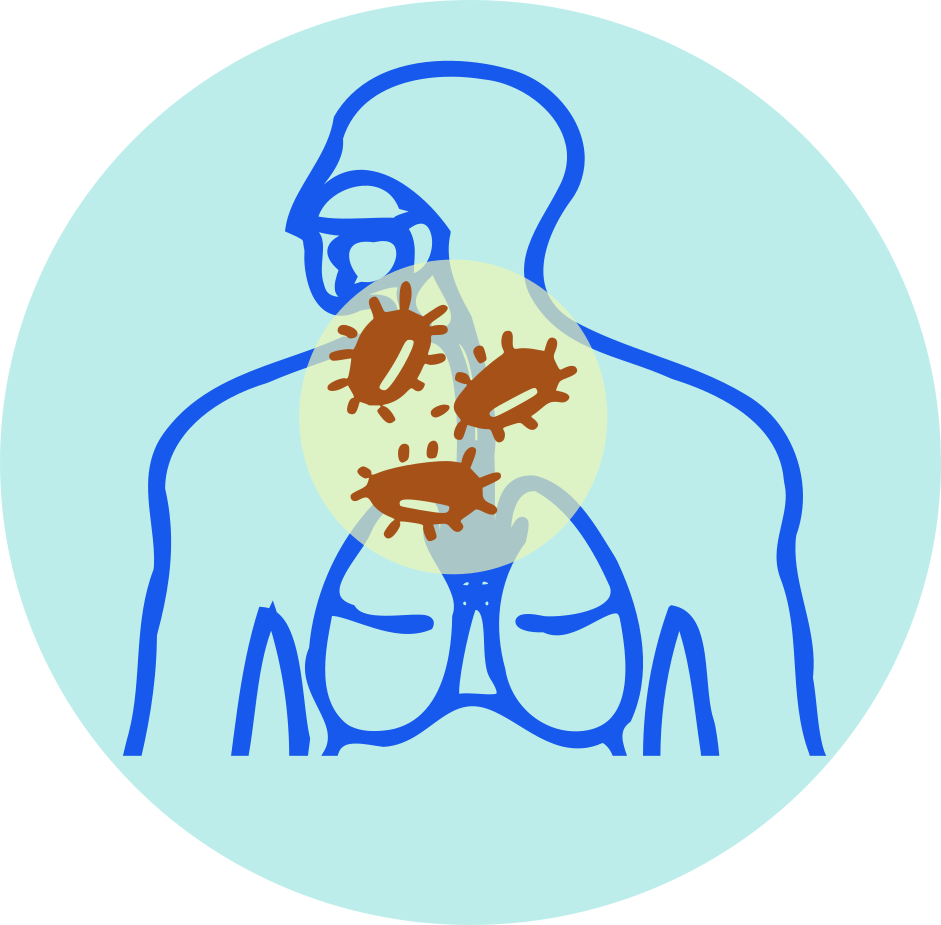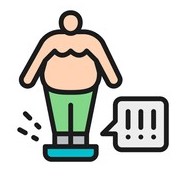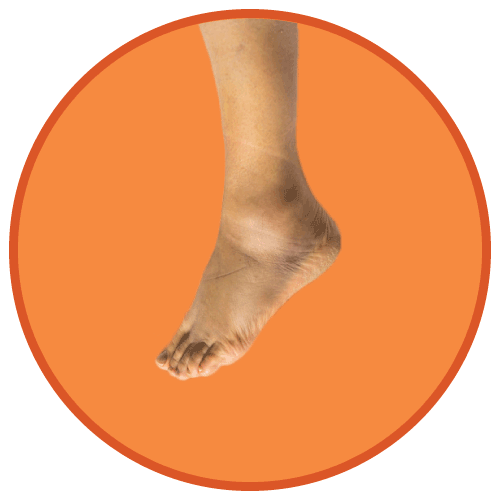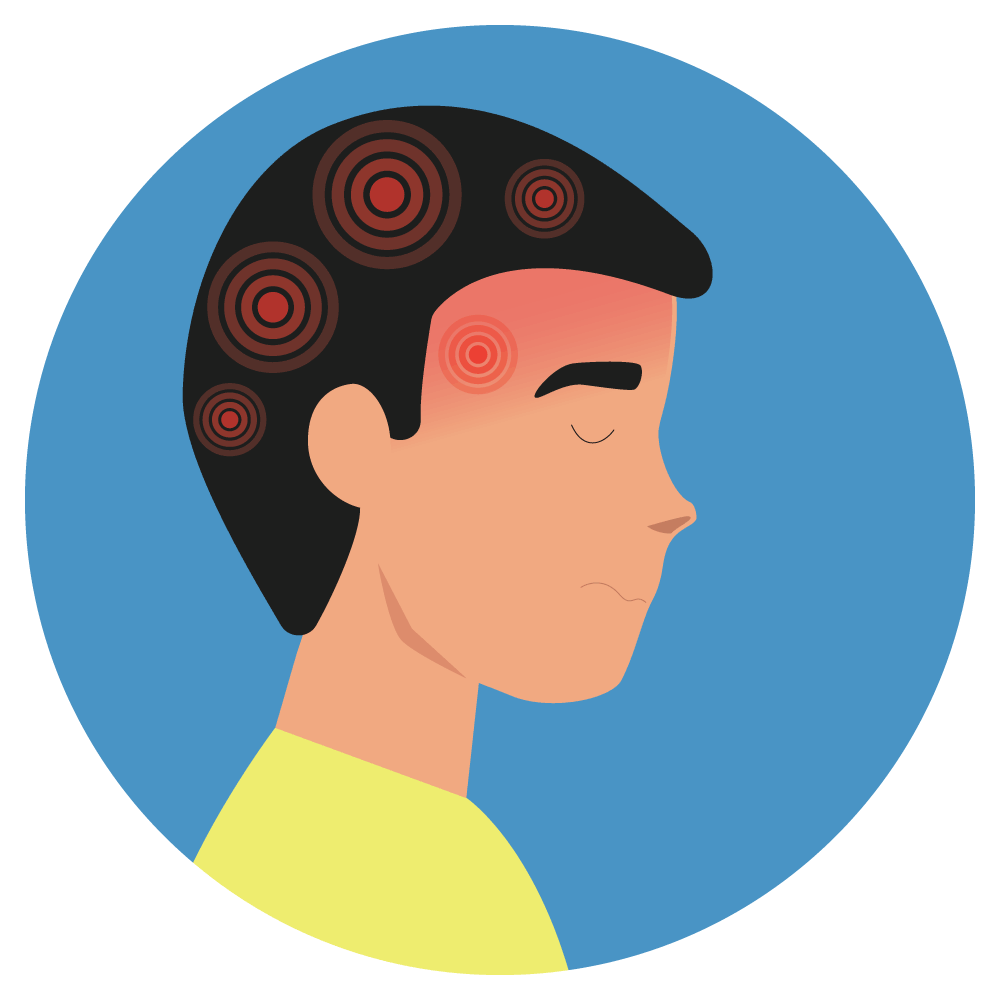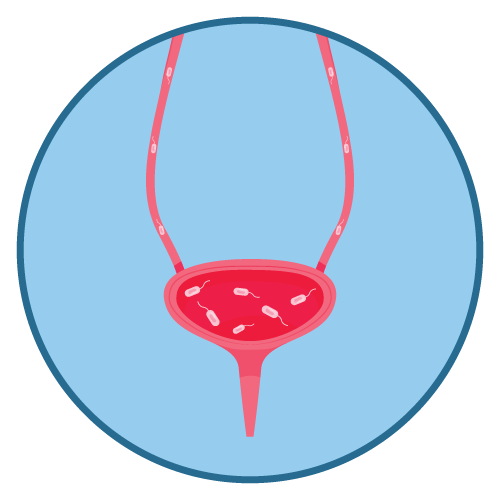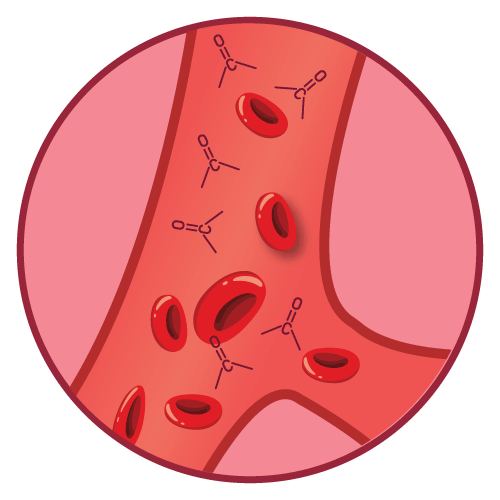| Name | Glimepiride + Pioglitazone |
| Classes |
Antidiabetic Agent Metabolic Agent Antidiabetic combination |
| Diseases |
Type 2 Diabetes Mellitus Hormonal Disorder |
Glimepiride + Pioglitazone
Glimepiride + Pioglitazone is a combination of hypoglycemic drugs. Glimepiride belongs to the class sulfonylurea which works by closing K+ channels of the pancreatic beta cells which stimulates the release of insulin from the cells, thereby increasing the plasma insulin concentration. Glimepiride also enhances the insulin sensitivity of peripheral cells.
Pioglitazone is a hypoglycemic drug from the class thiazolidinediones. Rosiglitazone binds & activates to a nuclear receptor, called the PPAR-γ. PPAR-γ then binds to the DNA and retinoid X receptor at the same time and increases the transcription of insulin sensitive genes. The end result is that the peripheral tissues become sensitized to insulin.
Glimepiride + Pioglitazone is indicated as a once-daily combination therapy to improve glycemic control in type 2 diabetes patients who have already been treated with a combination of pioglitazone and a sulfonylurea or whose diabetes is not adequately controlled with a sulfonylurea alone, or for those patients who have initially responded to pioglitazone alone and require additional glycemic control.
- Dosage Recommendations: Antihyperglycemic therapy should be used based on effectiveness and tolerability in the treatment of type 2 diabetes. Failure to adhere to an appropriate dosage regimen may result in hypoglycemia.
- Starting dose for patients currently on glimepiride monotherapy: Glimepiride + Pioglitazone may be started at 30 mg/2 mg or 30 mg/4 mg tablet strengths once daily, based on the usual starting dose of pioglitazone (15 mg or 30 mg daily), and adjusted after assessing therapeutic response adequacy.
- Starting dose for patients currently on pioglitazone monotherapy: Based on the standard starting doses of glimepiride (1 mg or 2 mg once daily) and pioglitazone (15 mg or 30 mg), Glimepiride + Pioglitazone may be started at 30 mg/2 mg once daily and adjusted after assessing therapeutic response adequacy.
- Starting dose for patients switching from combination therapy of pioglitazone plus glimepiride as separate tablets: Depending on the dose of pioglitazone and glimepiride already being taken, Glimepiride + Pioglitazone may be started with 30 mg/2 mg or 30 mg/4 mg tablet strengths. When switching to Glimepiride + Pioglitazone, patients who are not controlled with 15 mg of pioglitazone in combination with glimepiride should be closely monitored.
Side effects associated with Glimepiride + Pioglitazone are as follows-
- Hypoglycemia
- Upper Respiratory Tract Infection
- Weight gain
- Edema
- Headache
- Urinary Tract Infection
- Diarrhea
- Nausea
- Pain in Limb
Pioglitazone:
- Pioglitazone has an antihyperglycemic effect only when insulin is present. As a result, Glimepiride + Pioglitazone should not be used in type 1 diabetes patients or for the treatment of diabetic ketoacidosis.
Patients receiving pioglitazone in conjunction with insulin or oral hypoglycemic agents may experience hypoglycemia, necessitating a dose reduction of the concomitant agent. - Pioglitazone alone and in combination with other hypoglycemic agents caused dose-related weight gain.
- Pioglitazone, like other thiazolidinediones, has been shown to induce ovulation in some premenopausal anovulatory women.
- Across all clinical studies with pioglitazone, mean hemoglobin values declined by 2% to 4% in patients treated with pioglitazone.
- Dose related edema were reported with the use of pioglitazone.
Glimepiride:
- All sulfonylurea drugs are capable of producing severe hypoglycemia.
- When a patient stabilized on any diabetic regimen is exposed to stress such as fever, trauma, infection, or surgery, a loss of control may occur.
Patients should be educated on the importance of following dietary instructions, participating in a regular exercise program, and having their blood glucose and A1C levels checked on a regular basis. Medication requirements may change during times of stress, such as fever, trauma, infection, or surgery, and patients should be reminded to seek medical advice as soon as possible. Patients should also be informed about the potential risks and benefits of Glimepiride + Pioglitazone, as well as alternative treatment options.
Contraindication
Contraindicated in patients with known hypersensitivity to pioglitazone, glimepiride or any other component of the medication.
None known.
Glimepiride + Pioglitazone is contraindicated in Diabetic ketoacidosis, with or without coma.
 Bangla
Bangla English
English